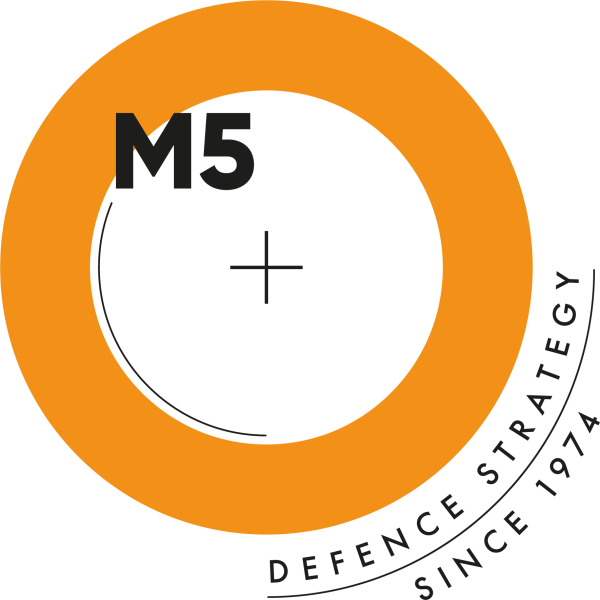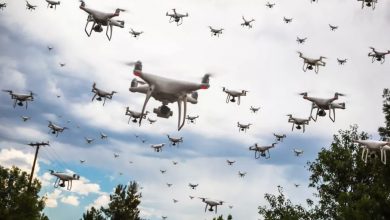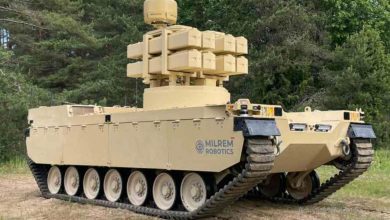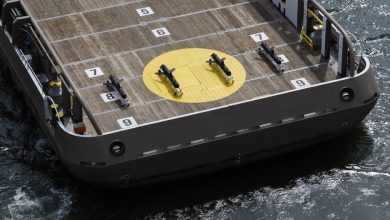Report: New shipment of North Korean artillery reaches Russia

Another train loaded with large amounts of North Korean M1989 Koksan self-propelled artillery systems has been spotted in Russia.
Video and reports suggest that more than a dozen units have been transported, although an exact count remains difficult due to limited visual confirmation. This follows the first sighting of Koksan artillery in Russia approximately a month ago.
Despite their arrival, there have been no confirmed instances of these heavy artillery systems participating in combat operations. The deployment raises questions about their intended use and the broader implications of North Korea’s military cooperation with Russia.
The M1989 “Koksan,” named after the North Korean city where it was first observed, is a long-range self-propelled artillery piece developed in the 1980s. Its western designation references the year of its first public appearance. Known for its range and firepower, the M1989 is a weapon system designed for heavy bombardment and strategic artillery roles.
The artillery system is built around a 170mm gun mounted on a turret and placed on a modified tank chassis. Typically, this chassis is derived from older tank designs such as the T-54, T-62, or Chinese Type 59. The M1989 is an evolution of the earlier M1979 Koksan model, featuring onboard storage for 12 rounds of ammunition and a protective cabin for the crew—improvements that enhance its operational efficiency and survivability in battlefield conditions.
The M1979, an earlier variant, lacks onboard ammunition storage and a crew cabin, making it less versatile and more vulnerable. In contrast, the M1989 model addresses these limitations, enabling faster reloading and providing enhanced protection for operators. Both variants are known for their extended range, reportedly capable of reaching up to 60 kilometers with rocket-assisted projectiles, making them some of the longest-ranged artillery pieces in operation.
The sighting of these systems on Russian soil underscores a deepening relationship between North Korea and Russia, potentially signaling a transfer of military equipment to support Russian aggression. The presence of such long-range artillery could provide strategic advantages if deployed in combat, particularly in areas requiring heavy bombardment or long-range targeting.
However, the absence of confirmed combat use so far leaves questions about the readiness or specific intent of this deployment.





